44 landforms worksheet answers
Examples of Landforms: List of Major and Minor Types There are four major types of landforms on Earth: mountains, hills, plateaus and plains. When you picture these landforms, you might imagine large mountain ranges or wide plains. But these geographical landforms don’t only exist on dry land - they’re found on the ocean floor as well. Take a quick trip around the word with these examples of major landforms on the planet. Types of Landforms and Facts - Geography for Kids | Mocomi The various landforms that we have, came into existence due to natural processes such as erosion, wind, rain, weather conditions such as ice, frost and chemical actions. Natural events and disasters such as earthquakes (the tectonic plates) and eruption of volcanoes created the various shapes of the land that we see.
Landform - Wikipedia A landform is a natural or anthropogenic [1] [2] land feature on the solid surface of the Earth or other planetary body. Landforms together make up a given terrain, and their arrangement in the landscape is known as topography.
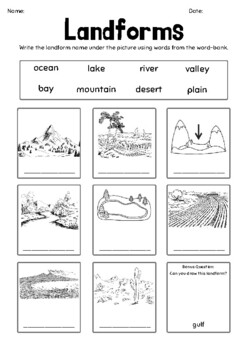
Landforms worksheet answers
Landform Types & Examples | What is a Landform? - Study.com Aug 31, 2021 · All landforms are naturally occurring physical features of the terrain and are formed by one or more of the following factors: land uplift due to tectonic plate movement, volcanic eruptions,... 60 Types of Landforms - Simplicable Feb 13, 2022 · A landform is a natural physical feature of a planet. At the top level, this includes oceans and continents and goes all the way down to hills and other relatively small formations. Landforms note the shape of the land and do not include ecosystems such as forests or desserts. They also do not include anything man-made such as canals. Earth Sciences: Types of Landforms | Free Homework Help -... Apr 16, 2012 · Landforms are defined as the natural physical features found on the surface of the earth created as a result of various forces of nature such as wind, water, ice, and movement of tectonic plates. Some landforms are created in a matter of few hours, while others take millions of years to appear.
Landforms worksheet answers. Mapping Landforms | National Geographic Society Have students research landforms in different states. Individually or in small groups, assign students one or two states to research the landforms. Give students copies of the state tabletop maps from the National Geographic State MapMaker Kits and provide markers, colored pencils, atlases, encyclopedias, and/or access to additional state resources such as the National Geographic MapMaker Interactive (topo layer). Earth Sciences: Types of Landforms | Free Homework Help -... Apr 16, 2012 · Landforms are defined as the natural physical features found on the surface of the earth created as a result of various forces of nature such as wind, water, ice, and movement of tectonic plates. Some landforms are created in a matter of few hours, while others take millions of years to appear. 60 Types of Landforms - Simplicable Feb 13, 2022 · A landform is a natural physical feature of a planet. At the top level, this includes oceans and continents and goes all the way down to hills and other relatively small formations. Landforms note the shape of the land and do not include ecosystems such as forests or desserts. They also do not include anything man-made such as canals. Landform Types & Examples | What is a Landform? - Study.com Aug 31, 2021 · All landforms are naturally occurring physical features of the terrain and are formed by one or more of the following factors: land uplift due to tectonic plate movement, volcanic eruptions,...




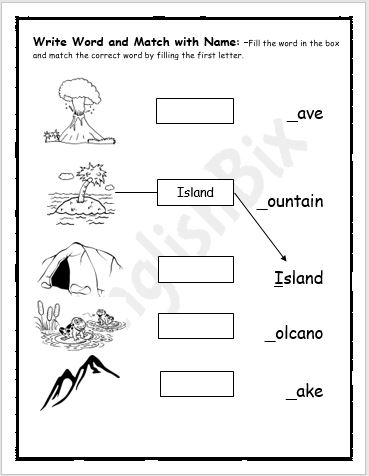


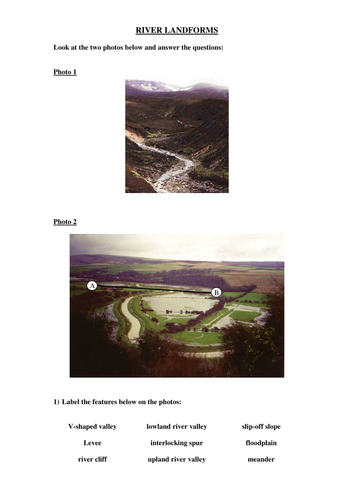

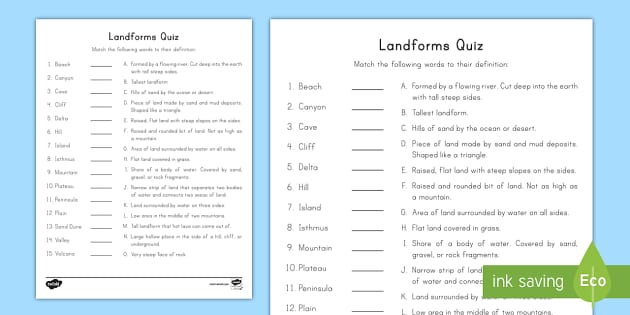





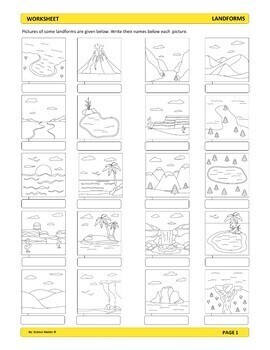



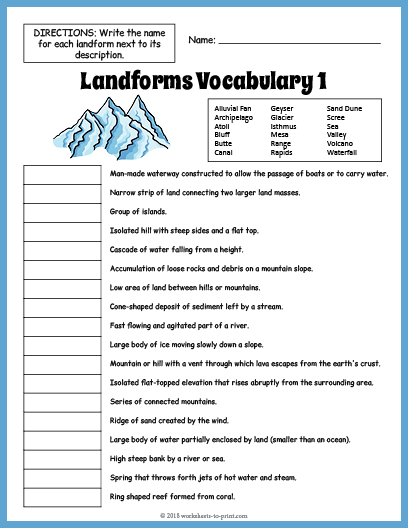
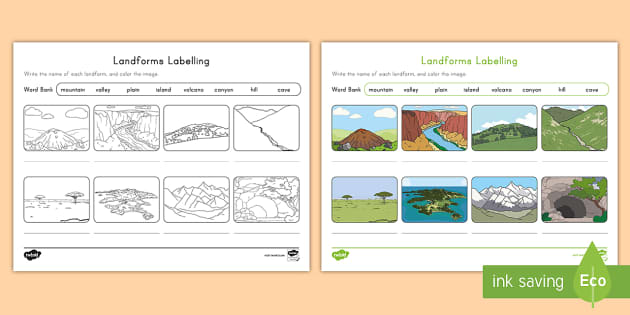
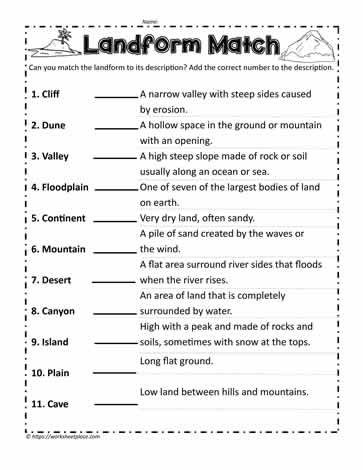




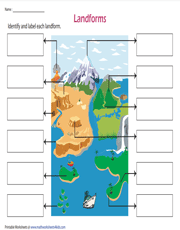
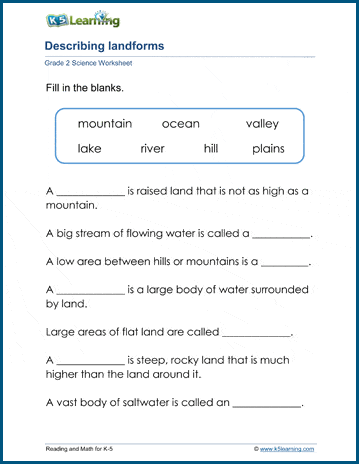

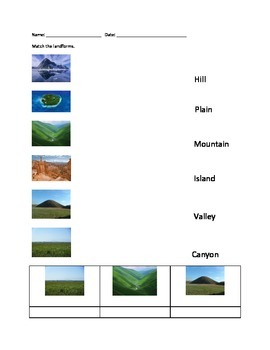
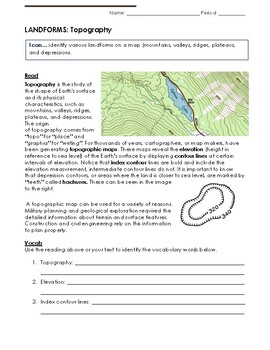

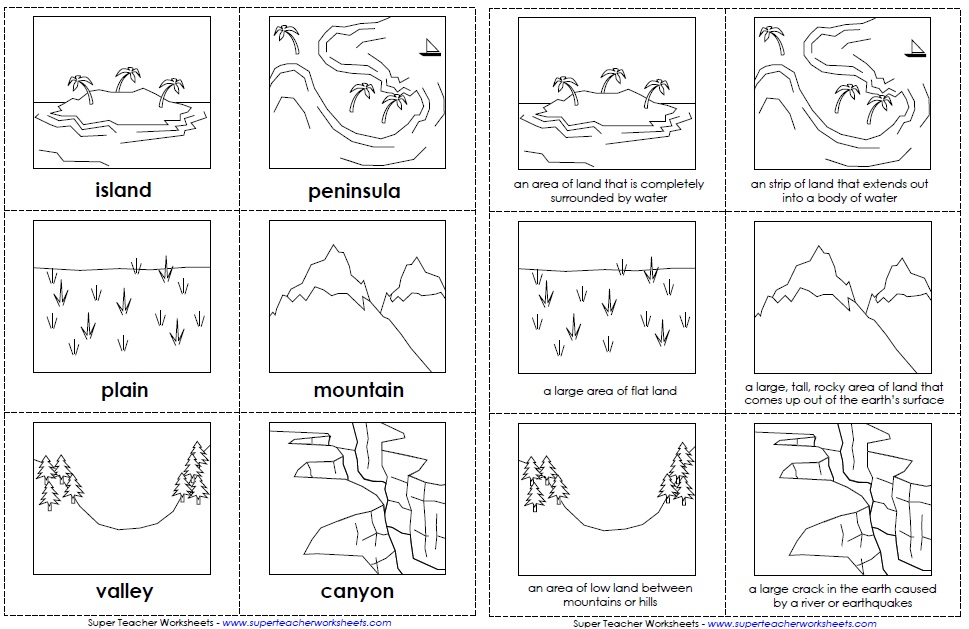
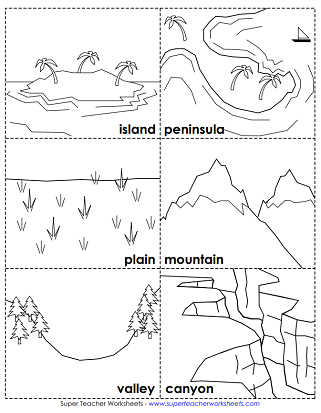

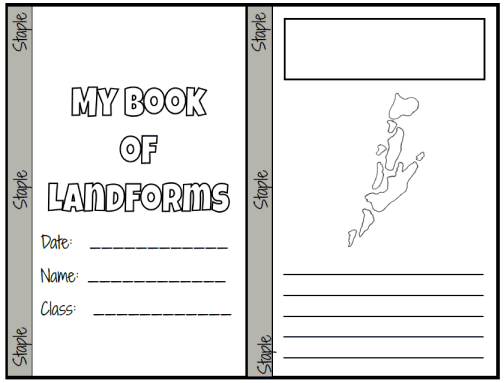


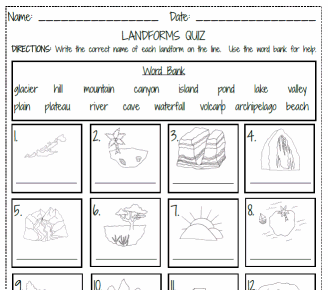
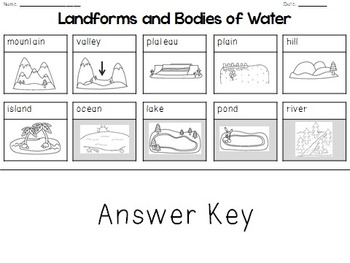
Komentar
Posting Komentar